LEGEND OF THE DRAGON
Bau Tro is located in the north of Nhat Le estuary, nestled between high sand dunes and rows of poplar trees, shaped like a gourd. The name Bau Tro also arouses a lot of curiosity, but according to the writer's research, "bau" is a dialect of the Central region, meaning lake. As for "tro"... it is really difficult to explain, even those who have lived in this area for many years cannot explain it. But what everyone who lives in Dong Hoi knows is that despite being right next to the sea, Bau Tro is a fresh, clean lake that never runs dry.
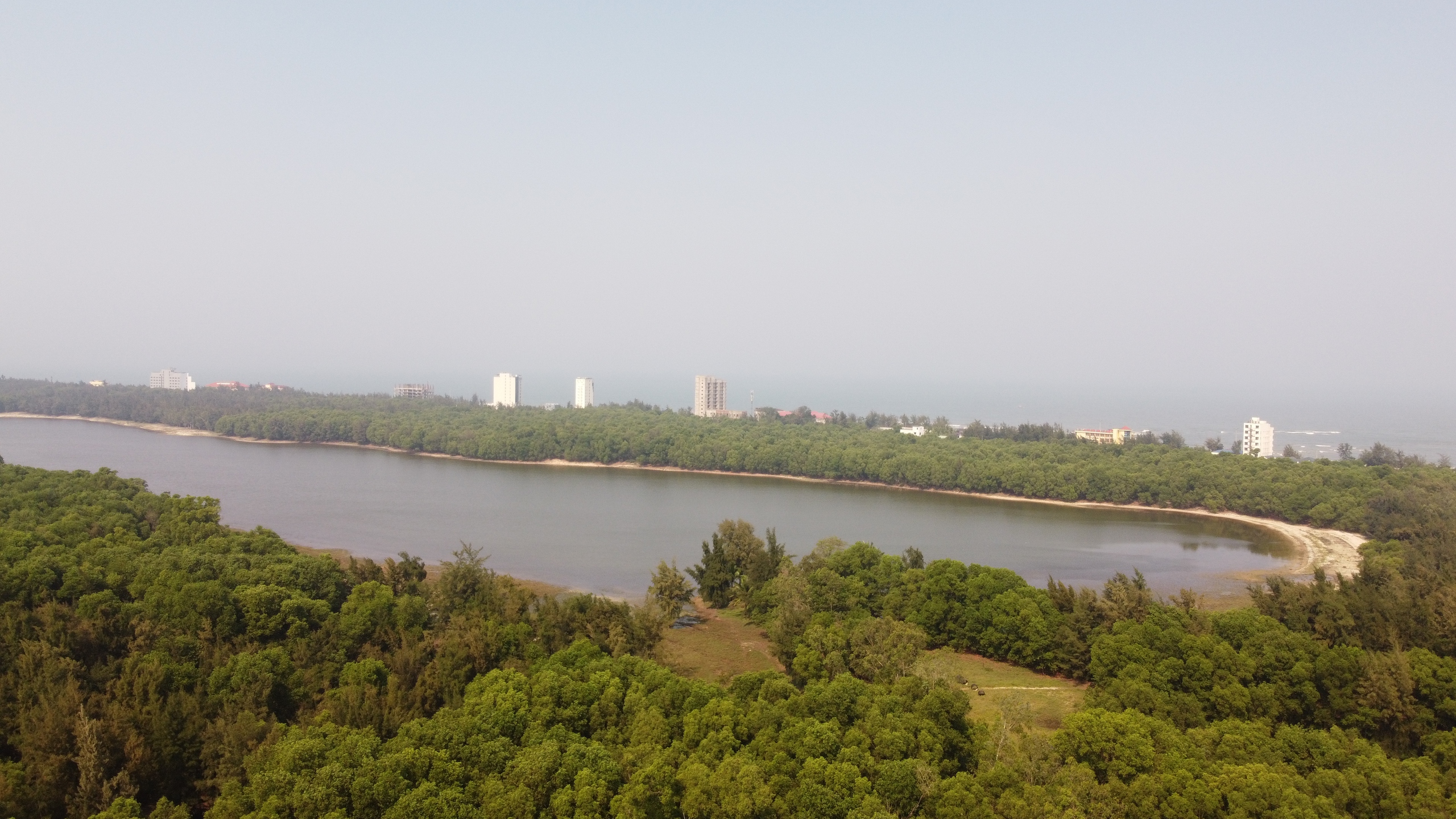
Bau Tro is located very close to Nhat Le beach but is a freshwater lake.
The writer had a childhood attached to Bau Tro because his family lived only about 500 meters from the lake. The road down to Bau Tro in the past was just a red dirt road, with sparse houses on both sides. Now that road has been paved, has a drainage system, sidewalks with high-rise buildings. But it seems that the change over time has stopped right at the protective fence of Bau Tro. Because after decades, just stepping over the fence, the scene is still the same. There is still a small road running along the rows of trees, there is still a water plant facility located close to the water's edge at the end of the road, there is still a large lake surrounded by immense rows of poplar trees.
Until now, no one knows how and when Bau Tro Lake was formed. The depth, width, and location of the lake's bottom have not been determined. However, there are many fascinating stories surrounding Bau Tro Lake. There is a legend that Bau Tro is the footprint of a giant who walked through. The reason for this is because in the summer, the water level decreases, making the lake look exactly like the imprint of a giant's foot. Another story says that the lake was formed from the water of an underground river flowing in the Quang Binh region.

The scenery has hardly changed behind the protective fence of Bau Tro.
People are still spreading many legendary stories that the lake has no bottom, because the water is so deep that no one has dived down or measured the bottom of the lake. It is said that someone wanted to test the bottom of the lake, so he threw a grapefruit down. Only later did the grapefruit surface in Bau Sen, Sen Thuy commune (Le Thuy district, more than 50 km from the lake). Not only that, some people say that in the past, a big flood swept through Trooc Vuc (Le Thuy district), sweeping away many houses and trees. After that, the flood returned, and many large grapefruits appeared on both sides of Bau Tro. In particular, there is a type of grapefruit that is only grown in Trooc Vuc. So many people suspect that this lake has a bottom connected to Trooc Vuc...
Stories like those legends, no matter how magical or magical, are just the way people explain the never-ending Bau Tro.
SPECIAL ARCHAEOLOGICAL INDICATORS
Only later did I learn that Bau Tro is not simply a freshwater lake but also a special archaeological site of the late Neolithic period.
According to the writer’s research from Quang Binh Museum, Bau Tro archaeological site was discovered and researched by the French in the early years of the 20th century (from 1919 to 1923). These archaeologists discovered and collected in Bau Tro a number of relics dating back to the late Neolithic period.
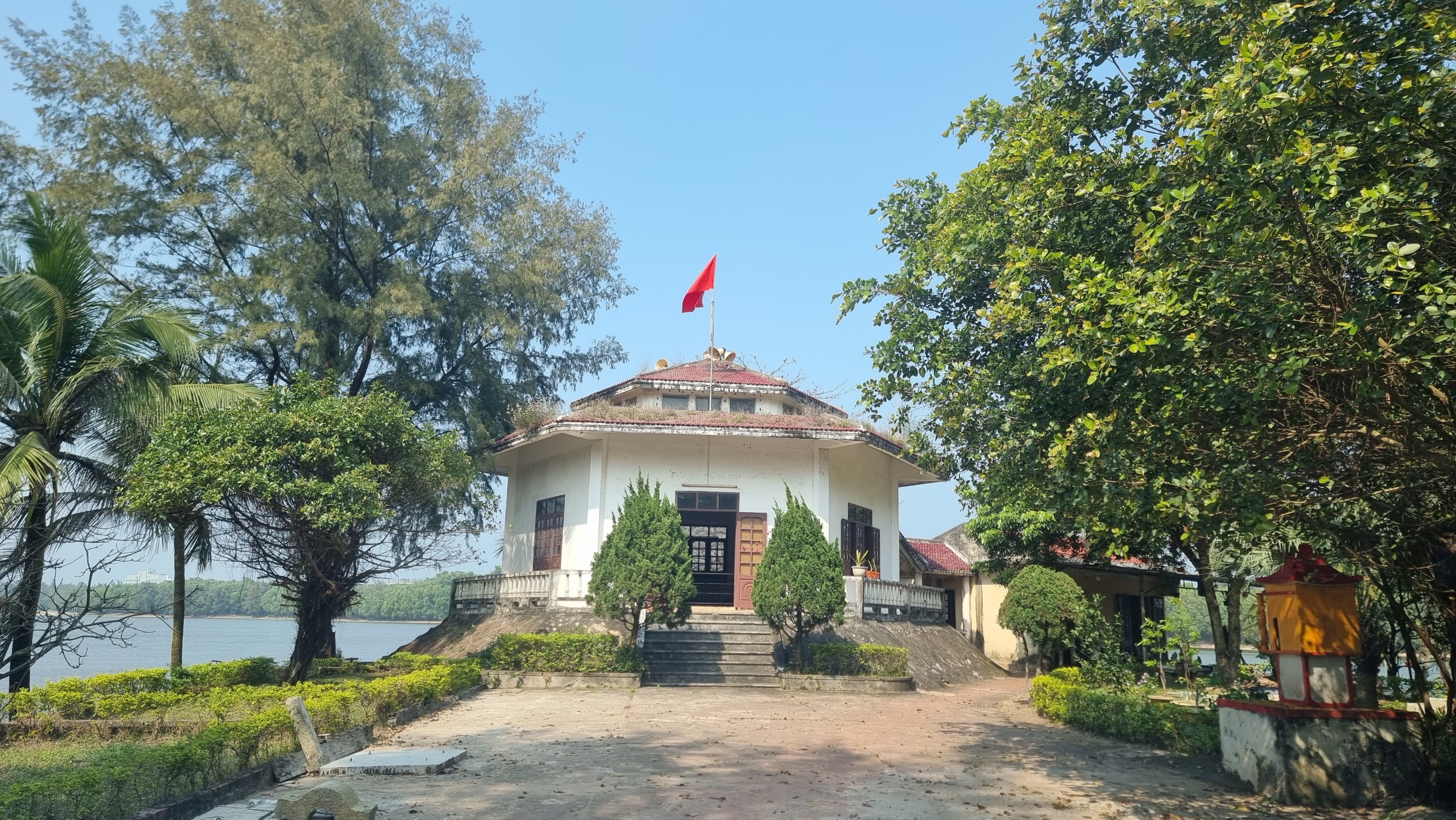
The facility of Quang Binh Water Supply Joint Stock Company is built close to the edge of Bau Tro water.
In 1974, 1978, 1980, many archaeological teams led by the Vietnam Institute of Archaeology and the Faculty of History of Hue University (now Hue University of Sciences ) also organized explorations in the Bau Tro area and continued to discover many axes, stone adzes, ochre, stone spearheads, various types of pottery pieces, etc.
With its great scale and scientific significance, archaeologists have named this site after the late Neolithic culture, including sites distributed in the coastal areas of Nghe An, Ha Tinh , Quang Binh, Quang Tri, Thua Thien-Hue, Bau Tro culture. Stone bracelets and anklets sawed, ground, drilled, and cored with jade... at Bau Tro have shown a specific picture of the spiritual life and high aesthetic level of Bau Tro culture residents. The artifacts found also show that about 5,000 years ago, Vietnamese people settled here. Therefore, Bau Tro lake is recognized by the state as a National Historical Relic.
“Bau Tro and Bau Tro relics are closely linked from the past to the present, forming a complex with a strong cultural imprint. It can be said that Bau Tro relics in particular and Bau Tro culture in general contribute to depicting a panoramic picture of Vietnam's prehistoric period. Studying Bau Tro culture is to preserve and conserve the values of the inherent cultural heritage of Dong Hoi and Quang Binh province. Therefore, this place needs to be preserved and protected so that Bau Tro cultural heritage can promote its value in the spiritual life of the people”, Ms. Le Thi Hoai Thuong, Director of Quang Binh Museum, once commented. ( continued )



























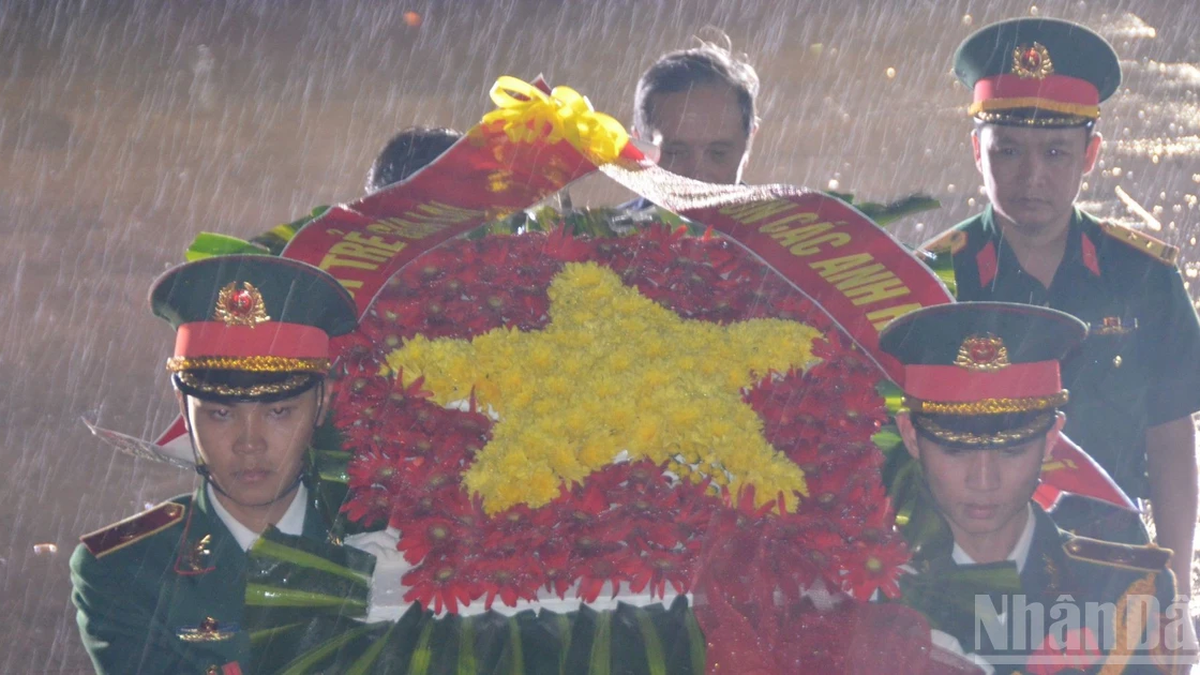

![[Photo] National Assembly Chairman attends the seminar "Building and operating an international financial center and recommendations for Vietnam"](https://vphoto.vietnam.vn/thumb/1200x675/vietnam/resource/IMAGE/2025/7/28/76393436936e457db31ec84433289f72)






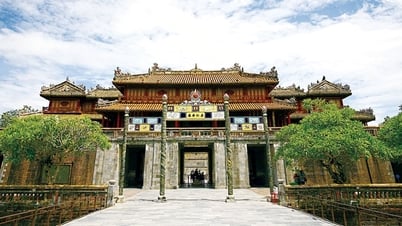

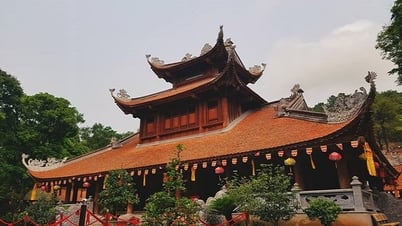



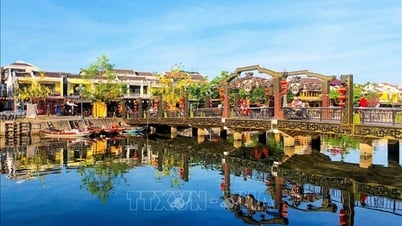





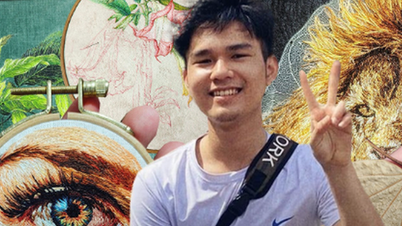






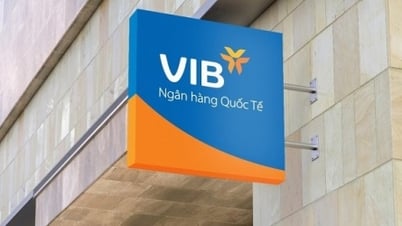













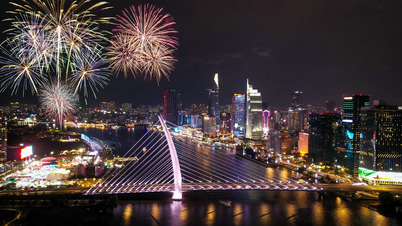





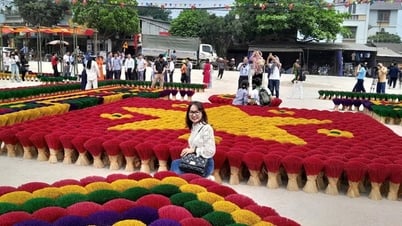

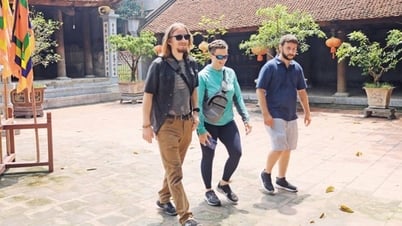






















Comment (0)